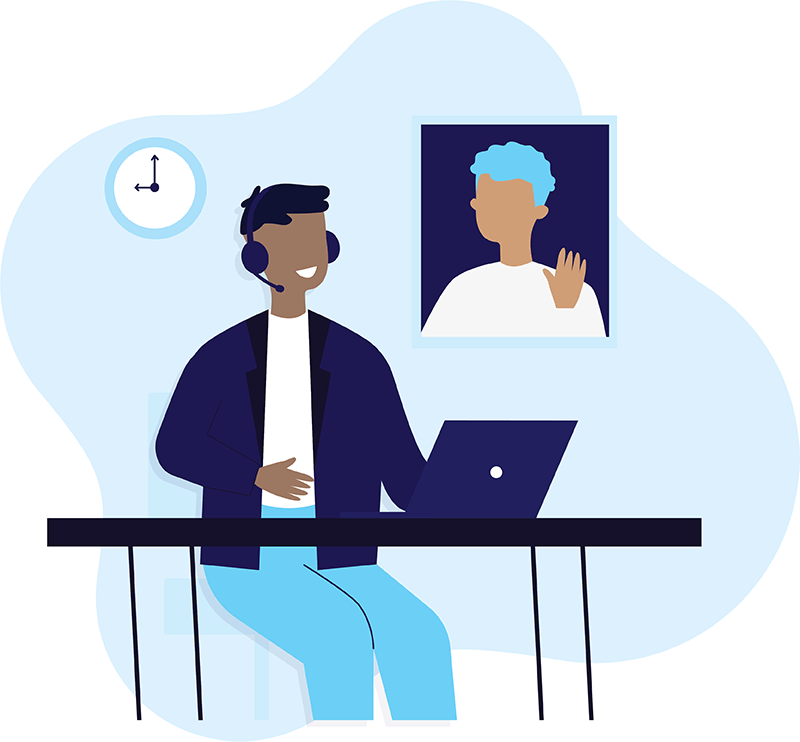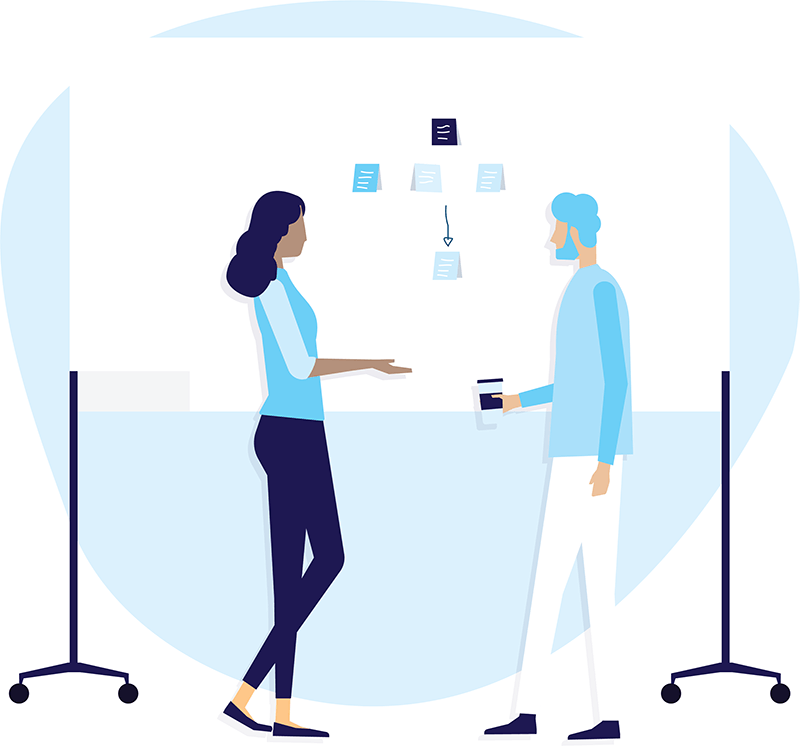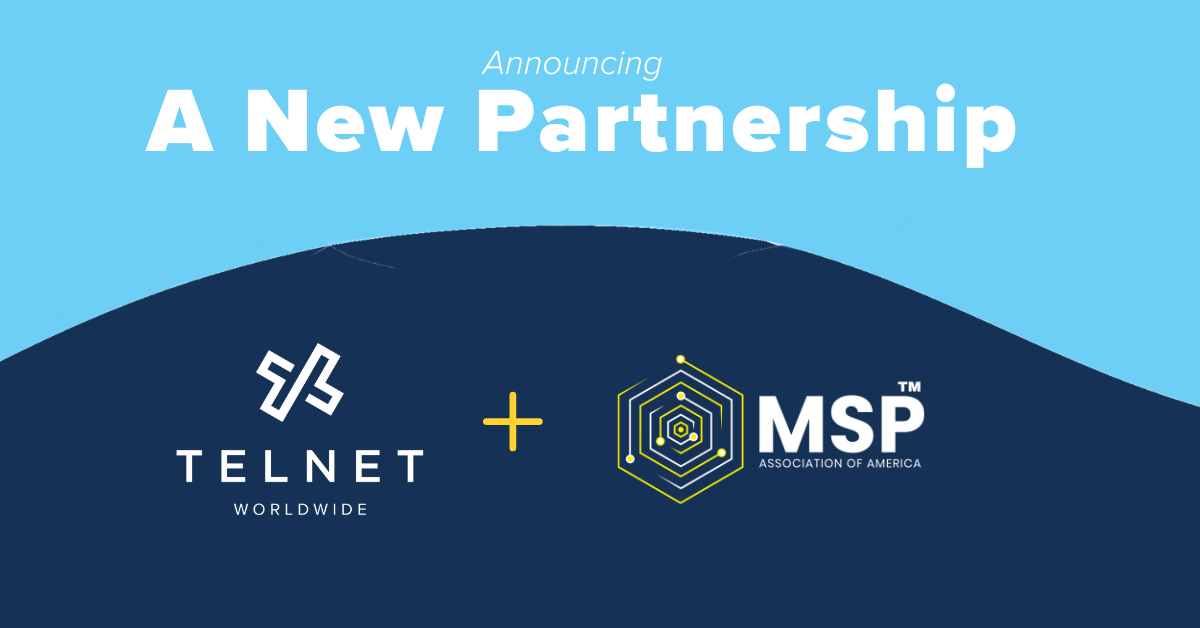Ever heard of a virtual watercooler? You’re going to want to implement one for your team. While the WFH culture has introduced an addictive level of freedom that many knowledge workers are unwilling to give up, there’s one thing a lot of us are missing about being in the office: impromptu interactions with our coworkers. Steve Jobs called them “casual collisions and spontaneous meetings.”

The environments that fostered these interactions are colloquially referred to as “watercoolers.” You know what we’re talking about: the before-the-meeting-starts conversations in the conference room, coincidental meetups in the hallway, last minute invitations to lunch.
Given that these types of interactions boost engagement, increase collaboration and lay the foundation for strong relationships, it’s no wonder why business leaders are worried about remote work and hybrid teams. Individuals thrive on these spontaneous social interactions, and businesses benefit from them as well.
So how can you implement one in your remote or hybrid organization? And why is it so important to do so? Let’s cover the basics first:

What is a Virtual Watercooler?
The term “watercooler” has become synonymous with any place in the office that people gather casually. Like moths to a flame, today’s office-bound professionals tend to congregate around the coffee pot, the cold brew or the minifridge stocked with La Croix.
Think of a virtual watercooler as the digital equivalent of these collective hot spots. While the drinks aren’t communal, the spaces still are. It’s where colleagues can come together to strike up casual conversations, get to know each other and meet up.
A virtual watercooler could be any virtual “place” that facilitates these kinds of real-time, informal interactions. You could set up a dedicated chat channel; host an all-day, open-to-all video conference; or even schedule one-on-one coffee chats.
1. Collaborating with Teammates
A lot of remote employees are frustrated by the inability to collaborate on the fly and the lack of casual social interaction. Think about it: when you’re working remotely, the only time you’re setting up meetings is to make a decision with project stakeholders or host a working session. Adding a meeting to the calendar for socializing seems frivolous and unprofessional.
But these more informal meetings tend to make people feel more comfortable sharing out-of-the-box ideas. They’re essential to innovation, because they create a safe space for idea exchange and perspective sharing. While you’re developing rapport and building trust between colleagues from different departments, you’re also improving cross-team collaboration.
And if you’ve invited people from different rungs of the corporate ladder, you can actively break down the idea that managers and executives are unapproachable. Hearing your CEO discuss his daughter’s upcoming graduation not only humanizes him, but encourages people to bring their full selves to work.
2. Onboarding New Employees
Virtual watercoolers have a substantial impact on onboarding as well. It’s hard to be the new guy, but it’s even harder to be the remote new guy. Harvard Business School researchers recently conducted a field experiment to find out if informal, synchronous interactions in a remote workplace are effective in shaping performance and career outcomes of organizational newcomers.
They wanted to see whether (and how) randomly orchestrated “serendipitous” real-time interactions can improve job performance and career outcomes of remote interns.
It turns out that interns who were randomly assigned to informal, synchronous interactions in virtual watercoolers with other interns and senior managers were 4.7 and 7.3 percentage points more likely to receive full-time job offers at the end of the program compared to the control groups. They also had improved final performance ratings from their direct supervisors and expressed more positive attitudes toward their internships as a whole.

3. Building Corporate Culture
Virtual watercoolers can improve performance for everyone — not just newcomers. Team bonding is more difficult in a remote setting, where meetings are scheduled for work, not casual conversation. You can’t run into someone on Slack or overhear a conversation on someone else’s Zoom call.
But you can replace these physical spaces with digital ones. And there are a variety of ways to implement a virtual watercooler into your remote or hybrid organization. One option is to create a chat channel on your corporate unified communications platform, like Slack, Teams or Webex. Dedicate this space to casual conversations and icebreaker discussions.
You can also host virtual meetups. You could leave a meeting space open all day for casual drop ins (which would mimic the physical watercooler space in the office) so that people can drop in for a coffee chat, lunch break or happy hour. Try arranging a lunch-and-learn event, a massive cross-functional brainstorming session or Q&A with the executive board. Facilitate a social event like the traditional happy hour or run a trivia event. You can even go above and beyond with gift packages sent to each employee’s house for wine tasting or pretzel making!
Of course, these don’t have to be large-scale events. Get granular: schedule coffee breaks or lunch dates between coworkers. It’s basically professional matchmaking!
Regardless of what option you choose, keep in mind that while one-time events are great, a long-term virtual watercooler is ideal for developing and strengthening relationships over time. As hybrid offices and remote work become ever more popular, prioritizing employee engagement is going to be a strategic priority.




